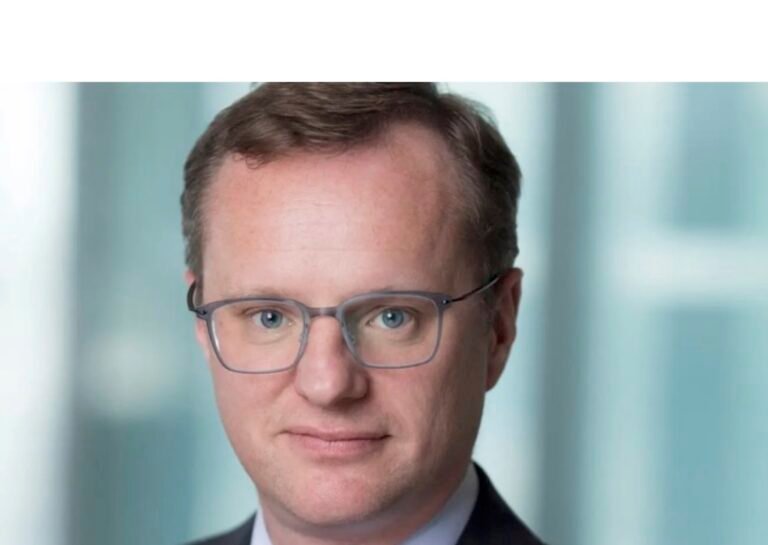Investors are taking a second look at bond ETFs with an eye toward potential central bank cuts in the second half of the year.
According to data from BlackRock, net inflows into ETFs globally were USD195 billion in July, with fixed income ETFs specifically gathering USD60.5 billion – a record figure for a single month. Flows were spread across the fixed income universe from treasuries to corporates to munis, and investors were taking on both long and short duration bets.
So, what’s driving investors? Markets have been volatile this month and the most recent Federal Reserve meetings have many believing the central bank is on pace to announce at least one rate cut before the end of the year. If that happens and the cash rate falls, investors will look to bonds to make up the difference, analysts say. Growing concerns over the potential for a recession are also likely driving investors that want to be defensively positioned if equities markets start trending downward.
In its most recent outlook, the BlackRock Investment Institute says it anticipates that pockets of volatility could continue through the end of the year as investors sort through changing macroeconomic data and election risk in the fourth quarter. “Inflation below expectations and soft July US payrolls data have radically shifted the Fed and market narrative,” analysts wrote in a recent research note.
BlackRock says: “That the income cushion bonds provide has increased across the board in a higher rate environment.” Analysts are positive on quality income in short term bonds and credit. They are neutral long-term treasuries.”
Even if BlackRock is neutral on long-term treasuries, investors are not. Inflows into the iShares 20+ Year Treasury Bond ETF (TLT) are up to almost USD8 billion year to date. TLT holds a basket of long-term US treasuries and their prices tend to go up when rates go down. TLT is a popular passive ETF with a low expense ratio at 0.15 per cent.
For investors that aren’t sure how they feel about taking on longer duration, core bond ETFs are also gaining traction. These ETFs hold a basket of bonds that are diversified across type and duration. Fidelity’s Total Bond ETF (FBND) is one option. FBND invests in investment grade bonds, high yield, emerging markets and up to 20 per cent of the fund in lower quality securities. The core portfolio products are a little bit more expensive than something like TLT. FBND has an expense ratio of 0.360 per cent.
Interest in actively managed ETFs also continues to grow. On August 13, Schwab Asset Management launched its first actively managed fixed income ETF – the Schwab Ultra-Short Income ETF (SCUS). The fund invests in investment-grade, short-term, US dollar-denominated debt securities that have a duration of one year or less. SCUS operates similarly to many others in the category but does have a lower expense ratio at 0.14 per cent – which makes it cheaper than even TLT. The JPMorgan Ultra-Short Income ETF (JPST), one of the more established funds in this category, has a similar basket of securities and charges 0.18 per cent.
The T. Rowe Price Floating Rate ETF (TFLR) offers a volatility play as the fund invests at least 80 per cent of its assets in floating rate loans and floating rate debt securities. The fund may also invest up to 20 per cent of its total assets in non-US dollar-denominated investments. Floating rate securities typically have some price volatility embedded in them because they will go up or down as rates do. Floating rate securities are likely to be more reactive in an environment where everyone is anticipating cuts. TFLR is the most expensive of the lot with an expense ratio of 0.61 per cent.

